- Like
- Digg
- Del
- Tumblr
- VKontakte
- Buffer
- Love This
- Odnoklassniki
- Meneame
- Blogger
- Amazon
- Yahoo Mail
- Gmail
- AOL
- Newsvine
- HackerNews
- Evernote
- MySpace
- Mail.ru
- Viadeo
- Line
- Comments
- Yummly
- SMS
- Viber
- Telegram
- Subscribe
- Skype
- Facebook Messenger
- Kakao
- LiveJournal
- Yammer
- Edgar
- Fintel
- Mix
- Instapaper
- Copy Link
Little did I know that one simple robin’s nest would take us on an adventure into learning some fun things about robins ~ and more about the creativity of God!
We watched a mommy robin build her nest right outside our window, found out {thanks to Zachary putting his hand in the nest} that she had laid three eggs…and then watched and waited patiently.
Until she abandoned the nest three days before the eggs were supposed to hatch.
Regardless, we continued on with our robin study and learned so much. We’ve all been sharing the little tidbits that we’ve learned with others we know, because it’s too neat NOT to share!
At the end of the post I’ll include a full list of all the great links and resources we used over the last bit. I’ll also throw in some of the fun facts we learned as I post pictures of the lapbooks the girls put together. Tomorrow I’ll be posting the lapbook we did for Zachary as part of the Preschool Corner.
Every day we spent time memorizing “Little Robin Redbreast” and also sitting outside to observe the robins {and other birds} in our yard ~ their songs, habits, etc… We also worked on the minit books that went along with what we were studying that day.
Monday: A Robin’s Habitat ~ Our backyard
- Identifying robins: difference between males and females ~ minit book
- Scientific name of robins: turdus migratorius
- Migration of robins & minit book
- What do robins eat?
- How do robins find their food? We had so much fun watching the robins in our yard and learning that they actually see the ground move ~ not hear like we originally thought!
Tuesday: Life Cycles/Nesting ~ Getting ready for babies
- What are the predators of robins?
- Who builds the nest?
- Robins ‘chore chart‘ ~ who has what responsibilities in raising babies. You guessed it, it’s primarily the momma robin. We learned that the mom lays one egg a day and that it generally takes 2 weeks for the eggs to hatch. The mother robin spends on average about 50 minutes of each hour sitting on the eggs in the nest.
Wednesday: Keeping up with the babies
- Feeding habits of babies ~ wow! We were amazed to learn that the parents have about 100 feedings a day. {And I thought that my kids ate a lot}
- In the first two weeks of life, each baby eats the equivalent of 14 feet of worms ~ we even went into the backyard and measured that out.
- Babies weigh less than a quarter when they are born and are almost the same size as their parent within 2 weeks.
- Disposable diapers for birds ~ This was amazing!! Did you know that every time a baby robin eats it poops right away? That way the parents are there to pick up after them. Their poop is contained in a little sac that the parents can pick up {just like a disposable diaper} and carry away from the nest. This helps keep the nest clean.
Thursday: Listening to robin’s songs
- What are the different songs of robins ~ we sat outside and listened to them
- Put our lapbook and minit books together
- Wrote/journaled and illustrated our robin stories. The girls used Draw Write Now to do the first page and then drew their own pictures on the second page. We use a lined journal that has room for drawing on the top of the page and then I photocopy their work to put in the lapbook.
Books we used
Free Bird Nature Study Printables!!
If you are looking for some additional notebooking style pages, don’t miss the free Bird Nature Study Printables. It includes bird tracking, information pages, labeling activities and much more!
Some Great Resources
- Journey North: The American Robin ~ This site was by far our favorite! Pretty much a central location for all you can think of: migration patterns, printable books, how to create your own nest, a kids section with activities, video clips, sound clips, slideshows and more. Here is the link to all the lessons you can use!
- Backyard Birds lapbook @ Homeschool Share ~ minit books and clip art to put together your own lapbook. These are not specific to robins, but the girls picked the minit books they wanted to use.
- Cornell Lab of Ornithology ~ Free bird coloring book pdf with pictures drawn by the noted bird artist and ornithologist, Louis Agassiz Fuertes
- Peterson Field Guide ~ basics of birdwatching
- Kidzone ~ simple and straightforward summary on American robin. Also has links for worksheets and activities
- Printables on state birds ~ Connecticut’s state bird is the robin, so scroll down
- American robin anatomy ~ online coloring or print out to color yourself
- American robin coloring sheet from Kidzone
- Robin coloring sheet from Friends Across America. We used the robin eating the worm for our lapbook covers.
- Watching a robin’s nest day by day ~on iPet. This lady took pictures each day of a nest that was below her window.
- Project Feeder Watch ~ great project for homeschooling families. Has a free pdf download.
- Make your own birdfeeders ~ five different ideas to make at home


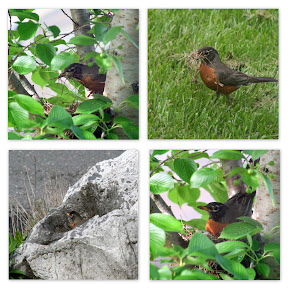
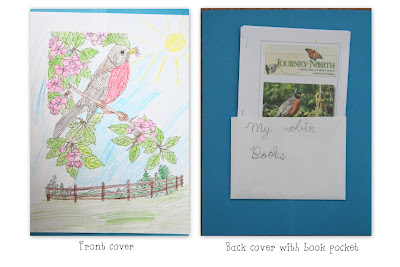
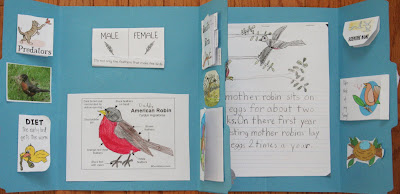
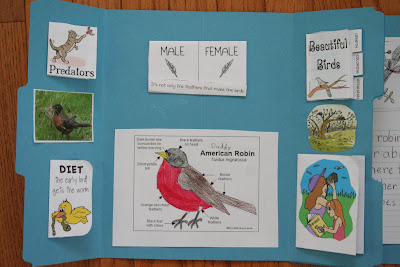


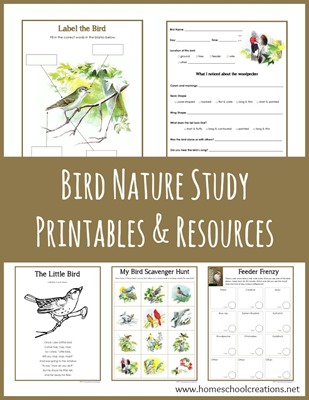

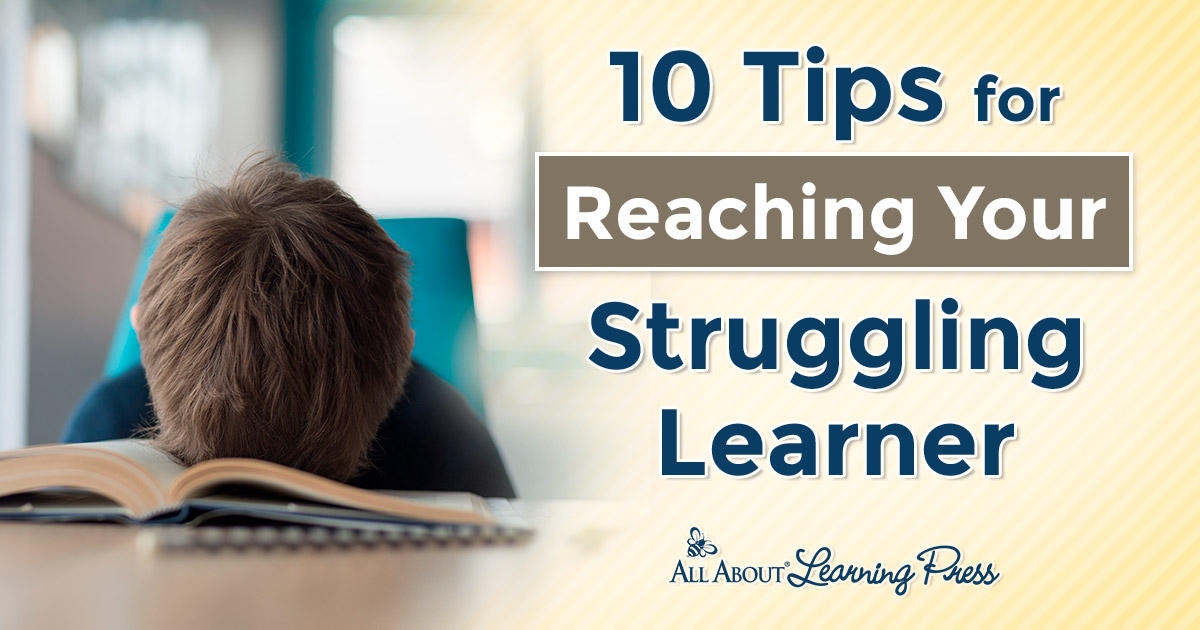




 The printables shared on this site are FREE of charge unless otherwise noted, and you are welcome to download them for your personal and/or classroom use only. However, free or purchased printables are NOT to be reproduced, hosted, sold, shared, or stored on any other website or electronic retrieval system (such as Scribd or Google docs). My printables are copyright protected and I appreciate your help in keeping them that way.
If you download and use some of my printables and then blog about them, please provide a link back to my blog and let me know - I'd love to see how you are using them! Please be sure to link to the blog post or web page and not directly to the file itself. Thank you!
The printables shared on this site are FREE of charge unless otherwise noted, and you are welcome to download them for your personal and/or classroom use only. However, free or purchased printables are NOT to be reproduced, hosted, sold, shared, or stored on any other website or electronic retrieval system (such as Scribd or Google docs). My printables are copyright protected and I appreciate your help in keeping them that way.
If you download and use some of my printables and then blog about them, please provide a link back to my blog and let me know - I'd love to see how you are using them! Please be sure to link to the blog post or web page and not directly to the file itself. Thank you!
Leave a Comment